Picture the scene: you're at a Product Marketing Summit – let's say in New York. You’ve heard some great talks, met some good people, and as the day winds down, you step outside onto Madison Avenue.
Then, a guy rushes up to you in a panic and says, “I'm supposed to meet my fiancée for dinner, I'm running late, and my phone just died. Can I use yours to give her a quick call?”
Speaking as a native New Yorker, I’d suggest you don’t do that. In fact, you should probably check your pockets and make sure your phone’s still there.
But let’s flip the scenario: what if that person wasn’t a stranger but your best friend? You’d probably hand your phone over without hesitation.
So, what’s the difference?
It’s trust.
Trust is the difference between keeping your guard up and freely offering help. It’s the most important currency in any lasting relationship – including your brand's relationship with its customers.
The reality is, trust is harder than ever to earn, with so many brands vying for attention. Thankfully, there’s a powerful solution at your disposal: community-led growth. By focusing on building and nurturing trust within your community, you can drive deeper engagement, gain valuable insights, and grow your product in a way that feels authentic.
So, in this article, I’ll walk you through how to implement community-driven strategies to build trust, explore key tactics for gathering and utilizing community feedback, and provide real-world examples that show how trust can propel your brand forward.
The trust gap brands can’t afford to ignore
Let me hit you with a few stats:
- 90% of B2B buyers are more likely to engage with a brand they trust.
- 87% of shoppers are more willing to pay a premium if they trust the brand.
- 18% of people trust brands.
We’re looking at a pretty serious disconnect here. The trust gap is costing businesses billions because they’re losing out on higher pricing power, deeper engagement, and long-term loyalty.
What trust means for your product
Trust can sound like a fuzzy, abstract concept, but there’s been a lot of scientific research connecting trust to brand behavior, and it tends to boil down to six key pillars:
- Integrity: Are you acting honestly and upfront in everything you do?
- Transparency: Are you clearly communicating your intentions, actions, and decisions?
- Competence: Is your product not only effective but also evolving and innovating?
- Reliability: Do you deliver on your promises?
- Consistency: Are you doing it over and over again, not just once?
- Safety: Are your policies and procedures designed to ensure compliance and create a secure product experience?
When you're thinking about whether you're building trust with your product, these are the areas that matter most, because they're what consumers and B2B buyers consistently say are tied to how much they trust a brand.
Your framework for building trust
I’ve distilled a lot of research and real-world experience into this framework for building trust, not just at a product level, but across an entire company. Let me give you a quick tour through each layer.
Culture
Trust begins with your team – specifically, who you hire. It’s hard to gauge trustworthiness in a 15-, 30-, or even 45-minute hiring interview, but that doesn’t mean it’s impossible.
Dig deep. Ask questions that reveal how someone approaches their work: “What was your role in that project?”, “How did you do it?”, “When was the last time you realized you’d made a mistake, and what did you do next?” These aren’t groundbreaking questions, but they give people space to show how they think and behave – especially when no one’s watching.
Culture also takes shape through daily decisions. At our company, trust is a filter. When things are ambiguous, we ask: what would our customers want us to do?
Back when I worked at OurBus, we faced a tough decision. It was March 2020, and the pandemic forced us to cancel all bus rides for over a month. Tens of thousands of customers had already bought tickets. Legally, we didn’t have to offer refunds – but we asked ourselves, “What would our customers expect from a company they trust?”
So we refunded hundreds of thousands of dollars. And we didn’t just do it – we communicated it. We showed people that they could trust us with their money. When service resumed, they came back more loyal than ever.
Company
Next comes the company layer. One of the most impactful decisions we’ve made at Sermo is bringing our Member Support team into the Growth team. This allows us to quickly channel community feedback into our product development process and communicate changes back to our members, showing we’re agile, fast, and trustworthy.
I also want to shout out a team that marketers don’t always love working with: legal and compliance. Safety is a big part of trust. Some of my closest collaborators are in legal and compliance, and I highly recommend investing in that relationship.





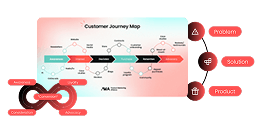


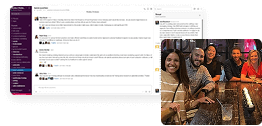

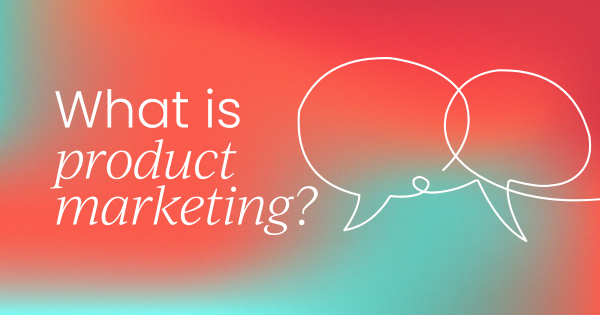
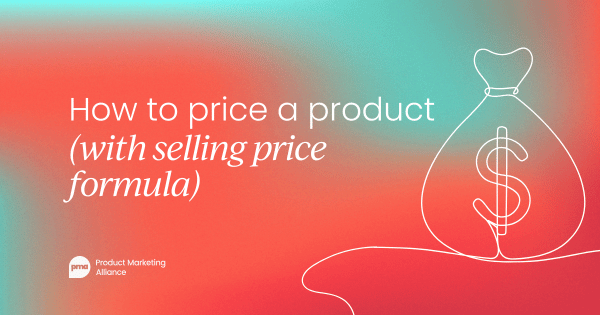
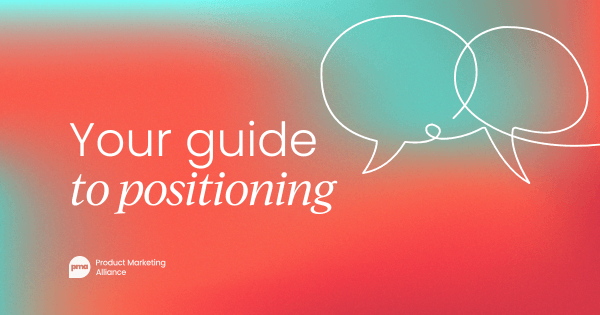
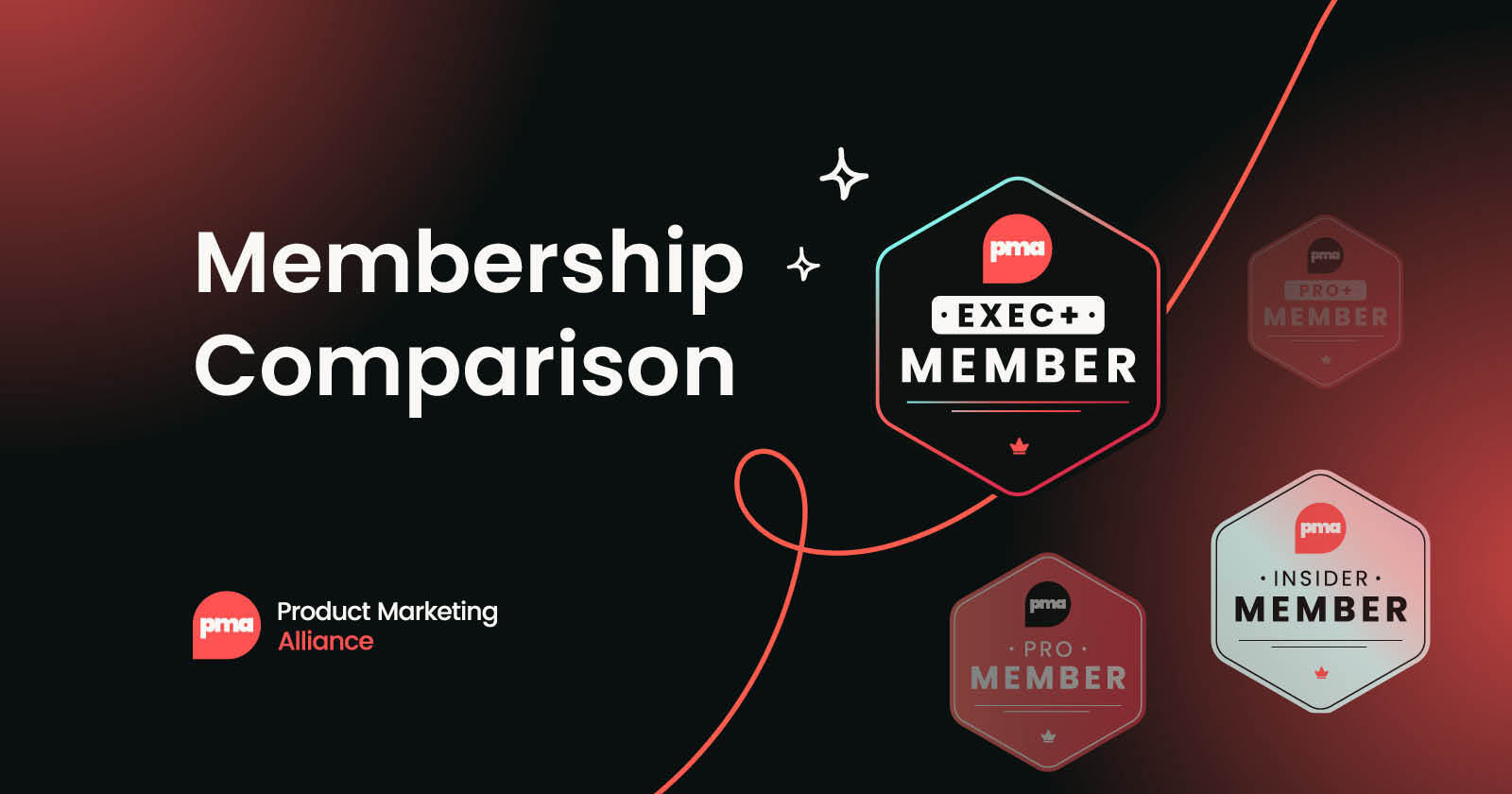
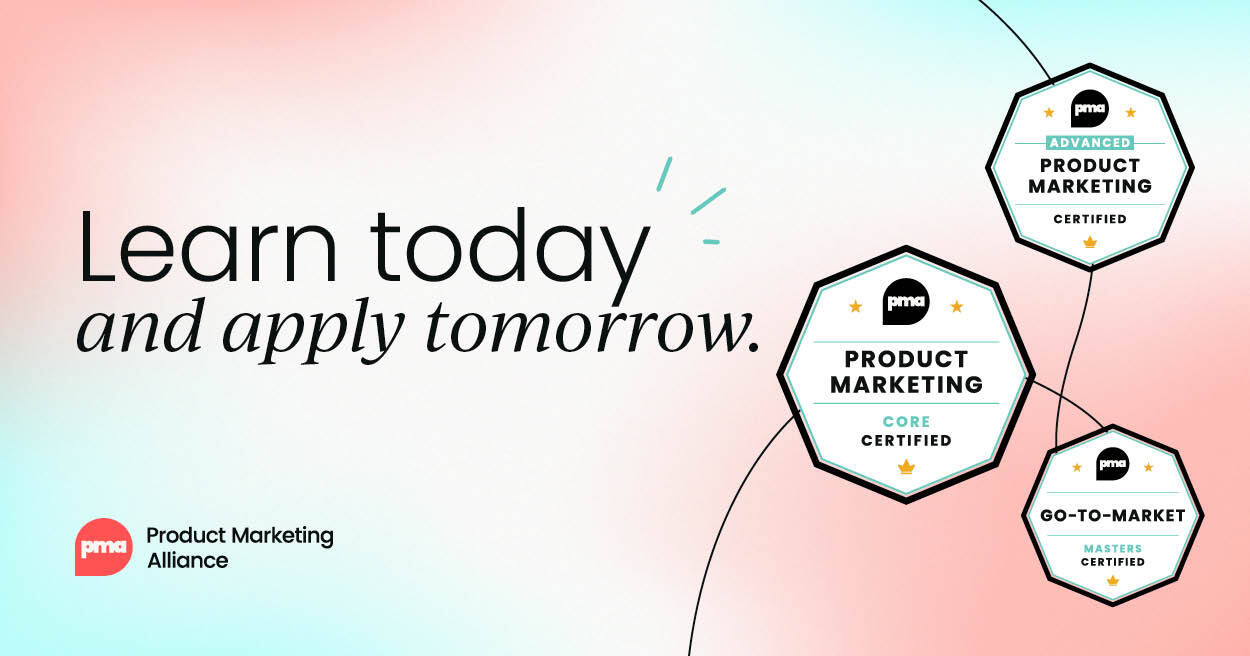
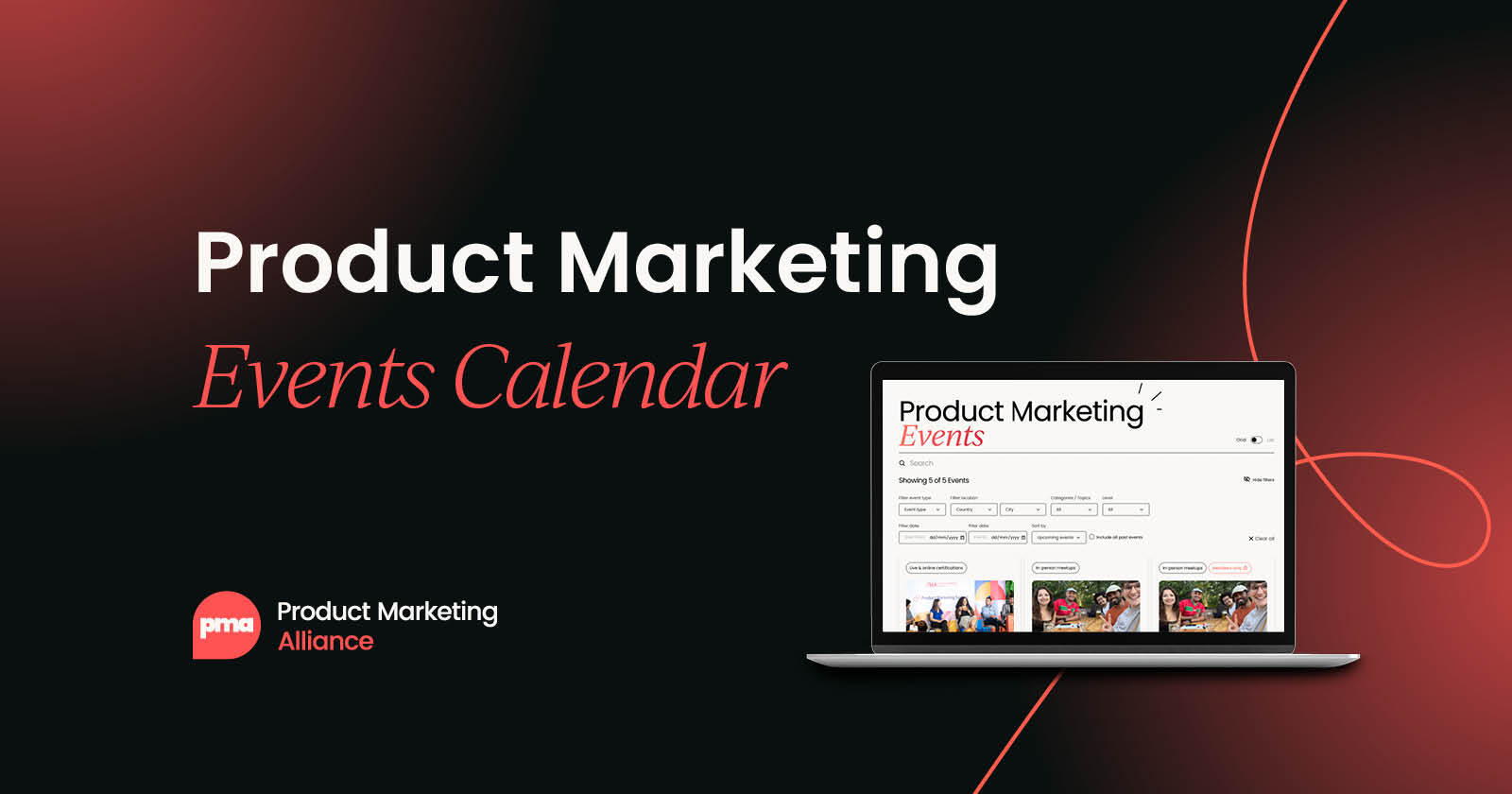
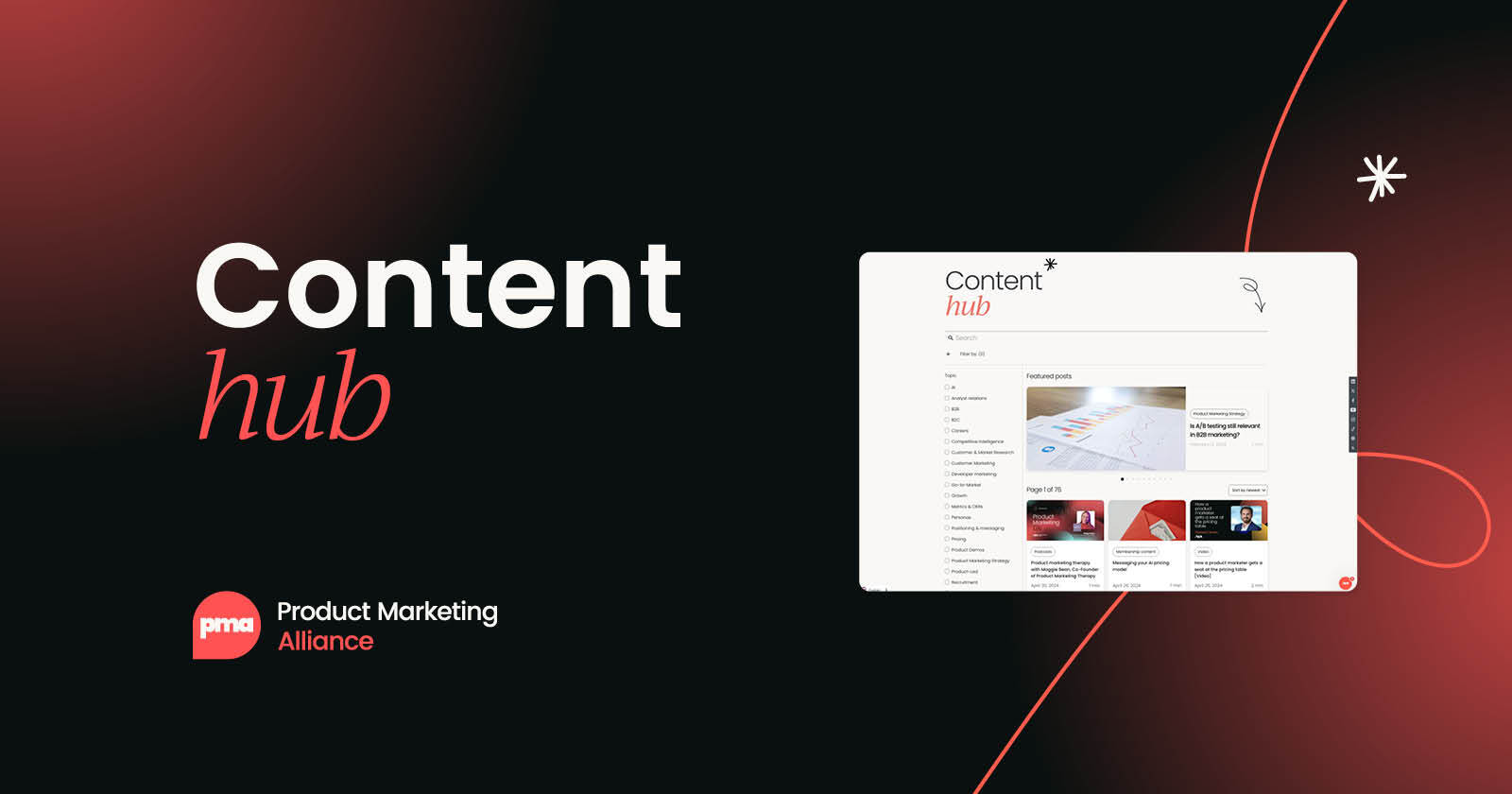

 Follow us on LinkedIn
Follow us on LinkedIn

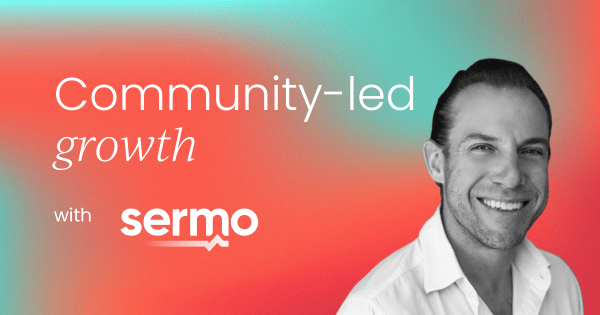

.svg?v=3a7706f2ad)